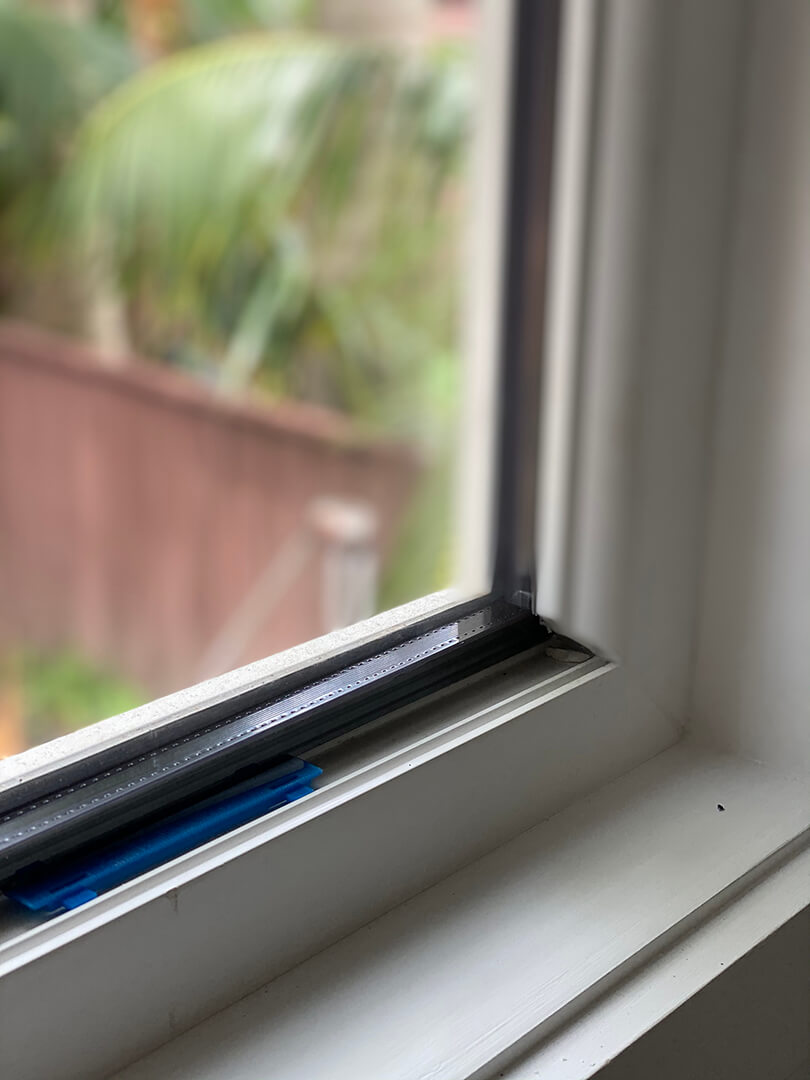All Categories
Featured
Table of Contents
Why Double-glazed Windows Are A Must in Bicton Western Australia
That window can transmit more solar heat in winter season than in summertime. A west-facing window on a summertime's afternoon has an angle of occurrence from near 0 up to 30 with a large efficient location of solar radiation. A north-facing window, in summer season, has a high angle of incidence and a low efficient location of solar radiation, so can send less heat than a west-facing one.

You can quickly and easily enhance the thermal efficiency of your house by replacing your windows. This is among the most efficient techniques of restoration to achieve enhanced thermal convenience. There are countless types of glass and frames to pick from. Selecting the best ones is necessary to improving the energy effectiveness of your house.
Faq in Mindarie WA
There are lots of various kinds of glass items to pick from. Single glazing utilizes a single pane of glass. Single glazing with clear glass is not really effective when it pertains to heat loss or gain. To enhance performance, you can use single glazing with a more energy-efficient type of glass such as low emissivity (low-e) glass.
The energy efficiency of IGUs likewise depends on: the residential or commercial properties of each layer of glass. Various glass types (for example, clear and low-e glass) can be put together in an IGU.
Why Should You Have Double-glazed Windows This Summer? in Ocean Reef Western Australia

IGU cavities can be filled with air or a more inert, low-conductivity gas such as argon the width of the cavity. Cavity density is generally 6 to 18mm. Larger cavities supply lower (much better) U values, with 12mm usually accepted as the preferred space how well the cavity is sealed. Cavities must be dry and well sealed to avoid moisture getting in.
If argon is set up to the cavity in place of air, wetness is reliably excluded the level of desiccant (drying representative). The spacer (metal or polymer strip) that separates the glass layers includes a desiccant to soak up any wetness. Inadequate desiccant might trigger wetness to condense on the glass surface in cold conditions, lowering thermal performance.
Stay Cool This Summer With Double Glazed Windows - Aaa Glass in Hazelmere Western Australia
IGUs can provide much better energy efficiency for all climates, specifically in heated and air-conditioned houses. Cross-section detail of single, double and triple-glazing systems Low emissivity glass (typically referred to as low-e glass) reduces heat transfer. Low-e glass may be either high or low transmission: High transmission low-e glass has a coating that permits daytime from the sun to pass into your home to attain excellent solar heat gain, however reduces the quantity of the long wavelength infrared heat that can get away back through the window.
Low-e glass has either a pyrolytic covering or a vacuum-deposited thin movie metal coating. Pyrolytic coverings are durable and can be used for any glazing; vacuum-deposited finishes are soft and are only utilized within IGUs. Low-e coatings can considerably improve both U value and SHGC; however, they should be used properly or they will either weaken or stop working to perform as needed.
Double Glazed Windows Brisbane in Kardinya Western Australia
Low-e finishes can be utilized in combination with clear, toned or reflective glass. Low-e finishings on glazing can reduce heat transfer where needed Picture: Department of Industry, Science, Energy and Resources Toned glass has actually colouring ingredients consisted of throughout manufacture. It is available in different colours, typically bronze, grey, blue and green.
Table of Contents
Latest Posts
A Complete Guide To Double Glazed Windows in Padbury WA
Low Emission Glass - Glass Systems: Glass Manufacturer in Greenwood WA
Double Glazing Versus Secondary Glazing in Floreat Western Australia
More
Latest Posts
A Complete Guide To Double Glazed Windows in Padbury WA
Low Emission Glass - Glass Systems: Glass Manufacturer in Greenwood WA
Double Glazing Versus Secondary Glazing in Floreat Western Australia